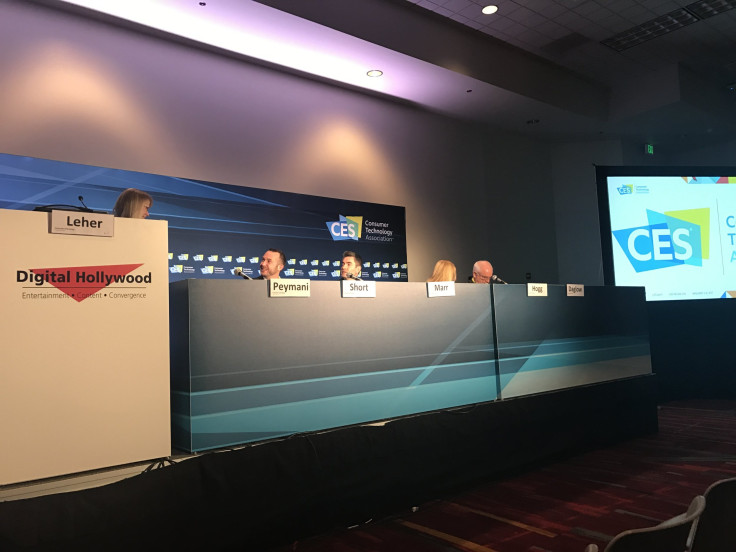'Pokémon Go' Isn't 'Real' AR But Could Inspire Augmented Reality Development

Pokémon Go might not meet the technical definitions of augmented reality but for professionals in the field, the big mobile game hit of 2016 was the perfect introduction to a wider audience on the possibilities of AR. It's success could help spur development in the field.
“It is the world’s greatest teaser for AR as opposed to being AR itself,” said Don Daglow, CEO, 4thRing, about Pokémon Go at a CES forum on AR.
In Pokémon Go players use their mobile device to "catch 'em all" based on their locations in the real world. The app helps guide players to the Pokémon locations based on maps and real images of where the players are walking.
Daglow said Pokémon Go should serve as an example of how AR development should proceed, especially in the gaming space. It wasn't some major marketed or AAA project, he said it was about taking a few small teams, combining those with a simple idea and catering to the users.
“Pokémon Go grew out a one-day, fun experiment on Google that people did, trying to find them on Google Map,” Daglow said. “Combine the idea with the Niantic team ... all of their experience, pulls some very great game designers, plus their discovery that Pokémon in geography was something people love, that’s how this whole phenomenon came together.”
Despite its mass success, or annoyance depending on your viewpoint, Pokémon Go could be most remembered for its normalizing AR for the masses. Matthew Short, R&D Manager, Accenture Technology Labs, said.
“... You can see your camera feed and place your Pokémon in the world, but it’s not intelligent about the world. I don’t think it’s doing any image recognition,” Short said. “It’s very loosely AR, but at the same time very exciting.”
The area, the CES panelists said, they are most excited for was more AR gaming or entertainment but the medical, education and manufacturing applications for augmented reality.
“(We) got to see Pokémon as a teaser for what can happen in the industry,” Keyvan Peymani, Partner, Touchdown Ventures, said at CES. “... It shows me there are real transformative things happening across multiple industries.”
“I think the one thing I’m most excited about right now (is) where the growth will be initially,” said Brian Marr, Chief Strategy Officer, Smashing Ideas, at CES 2017. “It’ll be the medical field; ...as we need to skill people up on a technology or mechanical situation, learn how to fix, see how to fix, it, there’s an opportunity there. Further out is entertainment.”
There are far too many variables with software, hardware and companies for the panelists to agree on when AR will “arrive” but they all agreed Pokémon Go will be a big reason people will be more familiar with the term and using the technology.
For example, a lasting "benefit" of Pokémon Go , Short said, was that it became OK for people to be more immersed with technology while walking around.
“People are more willing to hold their phone up to see content (while walking around),” he said. "It’s now socially acceptable and those are some the barriers AR has to overcome."
The social acceptance of AR has already proven to be one of the downfalls of one the first AR experiments, Google Glass. The technology generated excited in the field when it was first announced but privacy concerns, price, usability (among other issues), ultimately led to the project going dark.
“Pokémon Go , it’s a great game, cool graphics, has the nostalgia, great brand, but it wasn’t the savior or the driver of the entire industry,” Peymani said.
© Copyright IBTimes 2024. All rights reserved.












